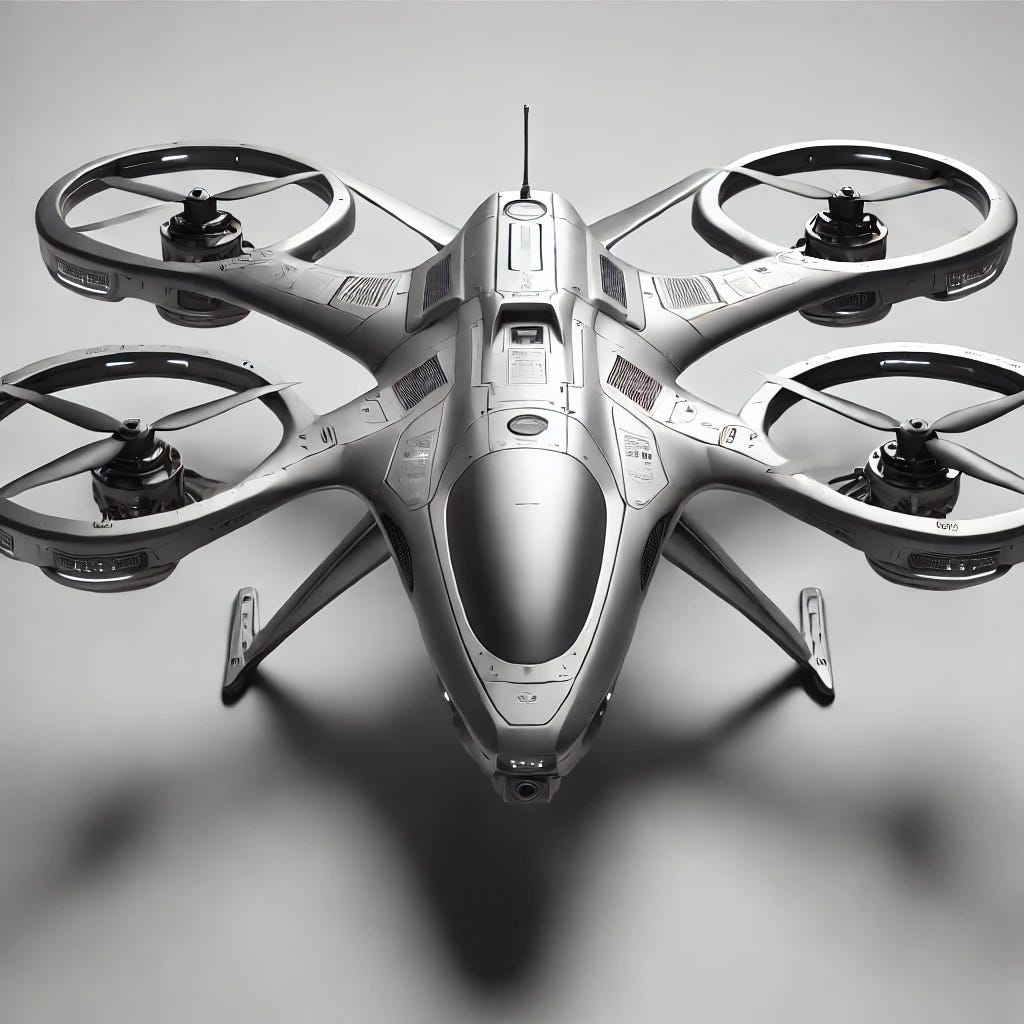The Future of Drone Warfare - Lessons from Ukraine
From a hobby to the battlefield
This article in the Cove, the Australian Army’s professional development platform, highlights the rapid evolution of First-Person-View (FPV) drones from hobbyist tools to critical military assets in the Russo-Ukrainian War. It underscores the urgency for the Australian Army to harness existing drone expertise within its ranks and establish an FPV Drone Training Cell (DTC). This initiative aims to develop necessary skills, create adaptable tactics, and integrate innovative drone capabilities to prepare for future conflicts, emphasizing the cost-efficiency and tactical advantages of FPV drones over traditional systems.
Context and Urgency
Evolution of FPV Drone Use
Historical Use: Initially, FPV drones were used by hobbyists for racing, freestyle flying, and cinematography.
Warfare Application: The Russo-Ukrainian War marked a significant shift, demonstrating the drones' effectiveness as low-cost, adaptable payload platforms, posing substantial threats to armor and infantry.
Need for Adaptation
Immediate Learning: The Australian Army must quickly learn from the Russo-Ukrainian conflict and leverage existing skills within its ranks.
Establishment of FPV DTC: Creating an FPV Drone Training Cell is crucial for training soldiers and developing relevant tactics, techniques, and procedures (TTPs).
Technical Advantages of FPV Drones
Performance and Capabilities
Speed and Agility: FPV drones can reach speeds up to 300 km/h and maintain a thrust-to-weight ratio of 13:1, making them faster and more agile than traditional UAS.
Payload Flexibility: They can carry various payloads while retaining speed and agility, making them versatile for different combat scenarios.
Cost Efficiency
Cost Comparison: FPV drones provide a similar strike capability at a fraction of the cost of traditional systems like the MQ-1 Predator and Hellfire missiles, making them economically advantageous for the Australian Army.
Skill Development and Training
Required Skills
Technical Skills: Building, programming, and flying FPV drones require knowledge in electronics, motors, soldering, radio frequencies, and programming.
Existing Expertise: The Australian Army Drone Racing Team (ADRT) has been developing these skills and should be leveraged for training purposes.
Training Program
Ukrainian Model: The Ukrainian 37-day training program covers theoretical knowledge, basic flight skills, and tactical employment. Adapting a similar program would be beneficial.
Incremental Training: Initially, a shorter, focused training program can be implemented, with potential expansion based on success and demand.
Organizational Integration
Structural Considerations
Central Hub: The FPV DTC should act as the central knowledge hub, conducting training, providing expert advice, and aiding in experimentation and equipment testing.
Possible Locations: The FPV DTC could be integrated into various units, such as the Combat Training Centre, the School of Artillery, or the Robotics & Autonomous Systems Implementation & Coordination Office.
Staffing and Resource Allocation
Initial Staffing: Select 8-10 experienced pilots from the ADRT for full-time roles to kickstart the DTC.
Ongoing Training: Future postings should focus on demonstrated flying ability and enthusiasm for innovation, ensuring a continuous influx of skilled personnel.
Career Management: Recognize and appropriately reward contributions to the FPV DTC to attract and retain talent.
Strategic Impact
Lessons Learned
Adaptability: The key lesson from Ukraine is adaptability. The Australian Army must be flexible and innovative to stay ahead in future conflicts.
Capability Development: Developing an FPV drone capability involves supporting doctrine, logistics, training, funding, and personnel. The FPV DTC will be instrumental in this comprehensive development.
Countermeasures and Innovation
Counter FPV Drones: Testing and developing countermeasures is essential, and the FPV DTC can play a critical role in collaboration with industry partners.
Innovation Hub: The FPV DTC should drive innovation, experiment with new tactics and technologies, and ensure the Australian Army stays at the forefront of drone warfare.
The conclusion:
The Australian Army urgently needs an FPV Drone Training Cell to harness existing skillsets, train new pilots, and develop effective TTPs. By investing in this capability, the Army can better prepare for future conflicts, leveraging the adaptability and innovation demonstrated in recent drone warfare.


